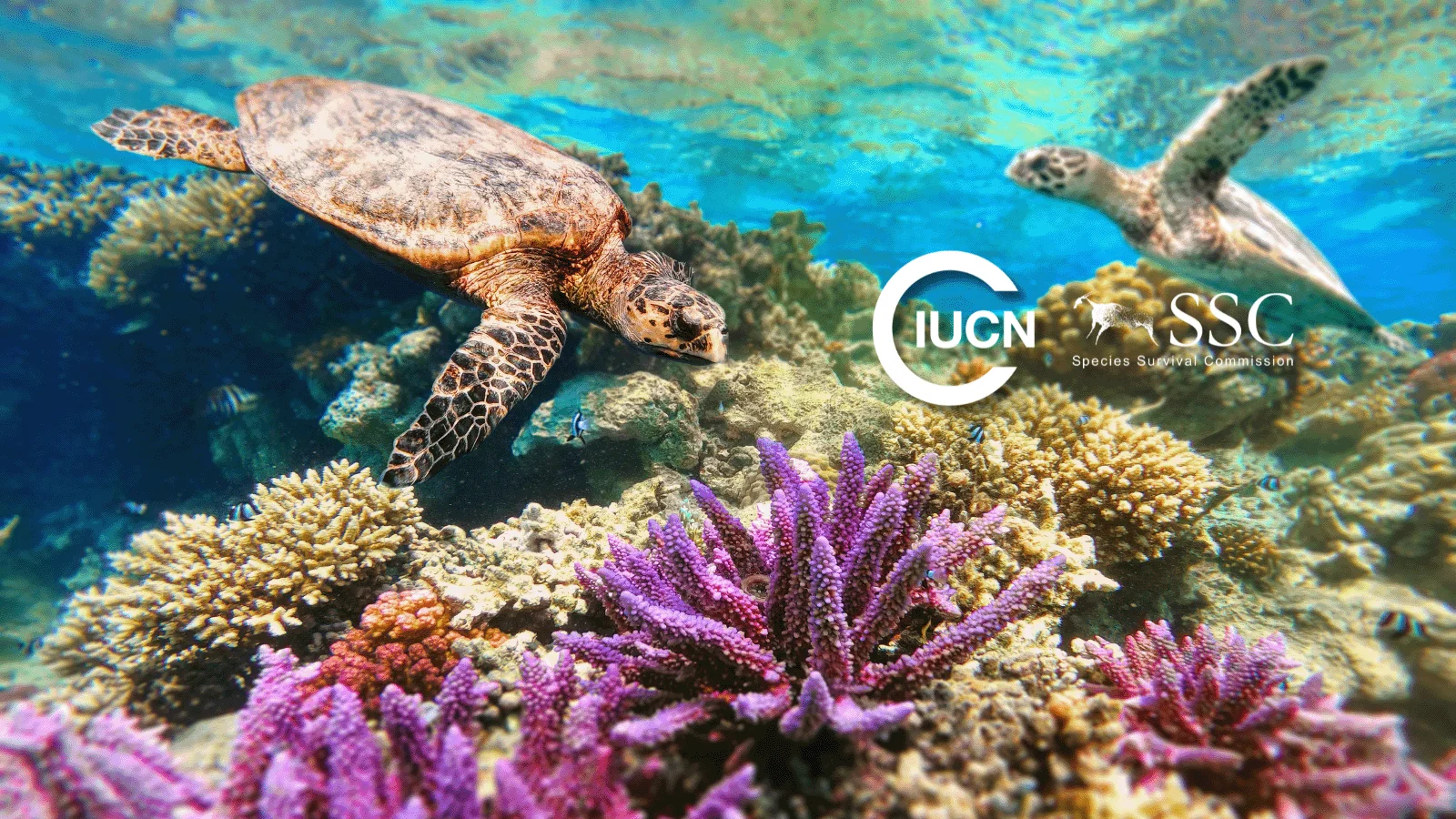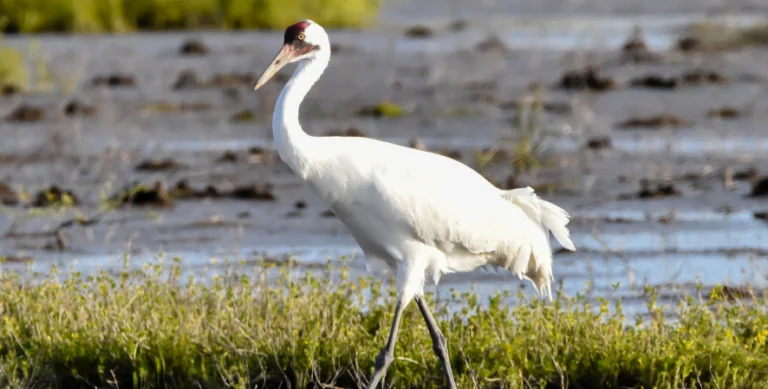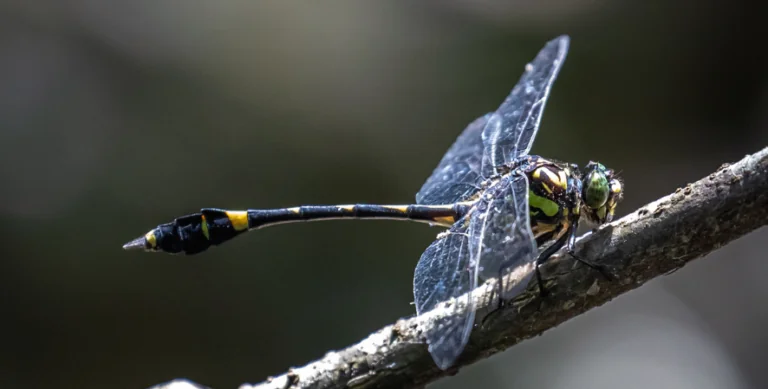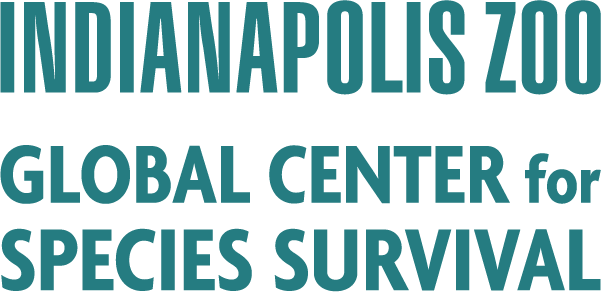
IUCN SPECIES SURVIVAL COMMISSION
Conserving Nature Through Positive Action
IUCN SPECIES SURVIVAL COMMISSION
The International Union for Conservation of Nature Species Survival Commission (IUCN SSC) is a science-based network of more than 10,000 volunteer experts from almost every country in the world.
Working in close association with the IUCN’s Secretariat, IUCN SSC’s major role is to provide information to the IUCN on biodiversity conservation, the inherent value of species, their role in ecosystem health and functioning, the provision of ecosystem services and their support to human livelihoods. This information is fed into the IUCN Red List of Threatened Species.
Mission
In the intersessional period of 2021–2025, the Species Survival Commission enables IUCN to influence, encourage and assist societies throughout the world to conserve the integrity of biodiversity, and to ensure that the use of species is both equitable and sustainable, through:
- the provision of knowledge on the status and trends of species;
- developing policies and guidelines;
- facilitating conservation planning; and
- catalysing action on the ground and in the water.
Vision
A just world that values and conserves nature through positive action to both prevent the loss and aid recovery of the diversity of life on earth.
SPECIALIST GROUPS
The IUCN Species Survival Commission network is composed of thousands of volunteer experts deployed in more than 180 Specialist Groups, Red List Authorities, Conservation Committees and Task Forces.
Some groups address conservation issues related to particular groups of animals, fungi or plants while others focus on broader issues such as the reintroduction of species into former habitats, climate change, wildlife health and sustainable use and trade. This information is fed into the IUCN Red List of Threatened Species.
SSC Groups follow the IUCN Species Conservation Cycle, which has five components — three that are consecutive and two that are transversal.

Established in 1964, the IUCN Red List of Threatened Species has evolved to become the world’s most comprehensive information source on the global extinction risk of animal, fungus and plant species.
The IUCN Red List is a critical indicator of the health of the world’s biodiversity. Far more than a list of species and their status, it is a powerful tool to inform and catalyze action for biodiversity conservation and policy change, critical to protecting the natural resources we need to survive. It provides information about range, population size, habitat and ecology, use and/or trade, threats, and conservation actions that will help inform necessary conservation decisions.
The IUCN Red List is used by government agencies, wildlife departments, conservation-related non-governmental organizations (NGOs), natural resource planners, educational organizations, students, and the business community. The Red List process has become a massive enterprise involving the IUCN Global Species Programme staff, partner organizations and experts in the IUCN Species Survival Commission and partner networks who compile the species information to make The IUCN Red List the indispensable product it is today.
Currently, there are more than 142,500 species on The IUCN Red List, with more than 40,000 species threatened with extinction, including 41% of amphibians, 37% of sharks and rays, 34% of conifers, 33% of reef building corals, 26% of mammals and 13% of birds.

Warnings of imminent extinctions are not the only way to catalyze conservation efforts. We also need an optimistic vision of species conservation that presents a road map on how to conserve a species and achieve its recovery.
Developed in response to the IUCN Member’s Assembly, the IUCN Green Status of Species complements the Red List by providing a tool for assessing the recovery of species’ populations and measuring their conservation success.
The Green Status assesses species against three essential facets of recovery:
- A species is fully recovered if it is present in all parts of its range, even those that are no longer occupied but were occupied prior to major human impacts/disruption; and
- It is viable in all parts of the range; and
- It is performing its ecological functions in all parts of the range.
These factors contribute towards a “Green Score” ranging from 0%-100% which shows how far a species is from its “fully recovered” state.
IUCN SSC Leadership
Aims to support the mission of the IUCN SSC by empowering and accompanying the network, providing leadership, boosting impact, helping build capacity, keeping efforts on track, and building partnerships.




